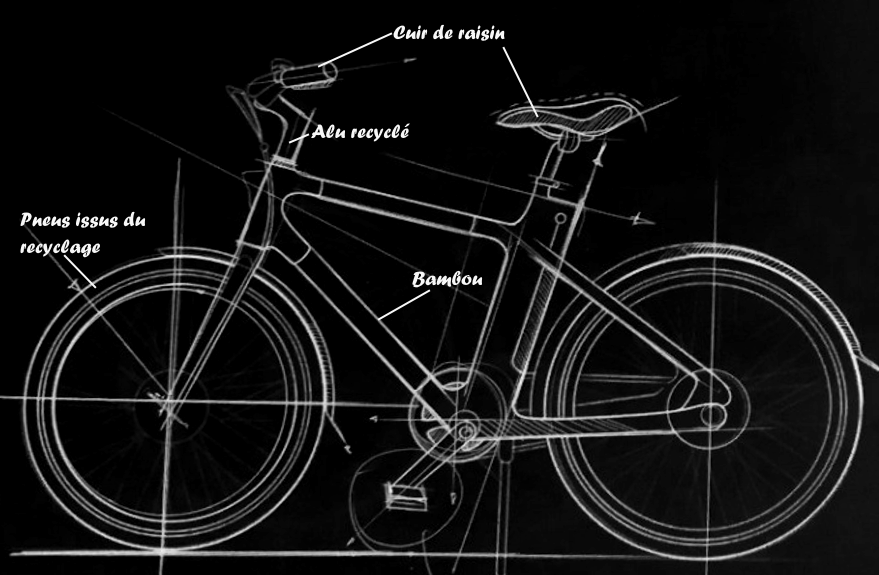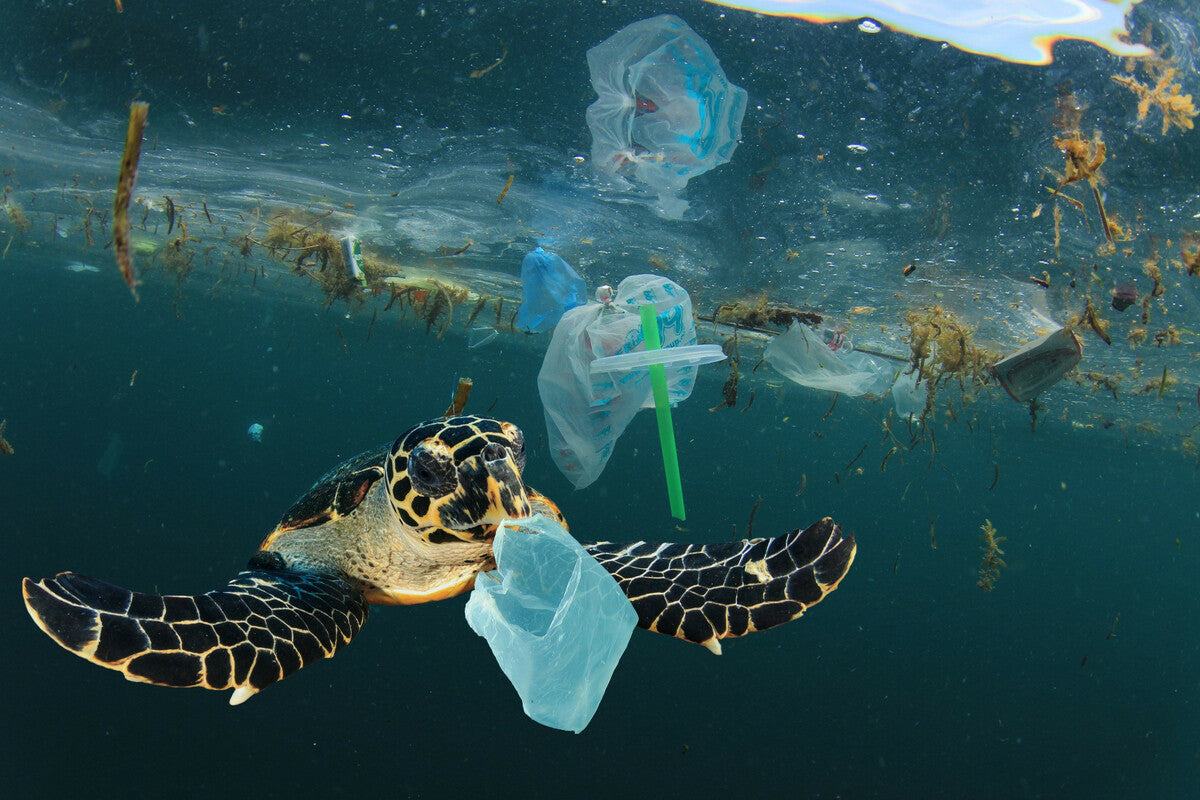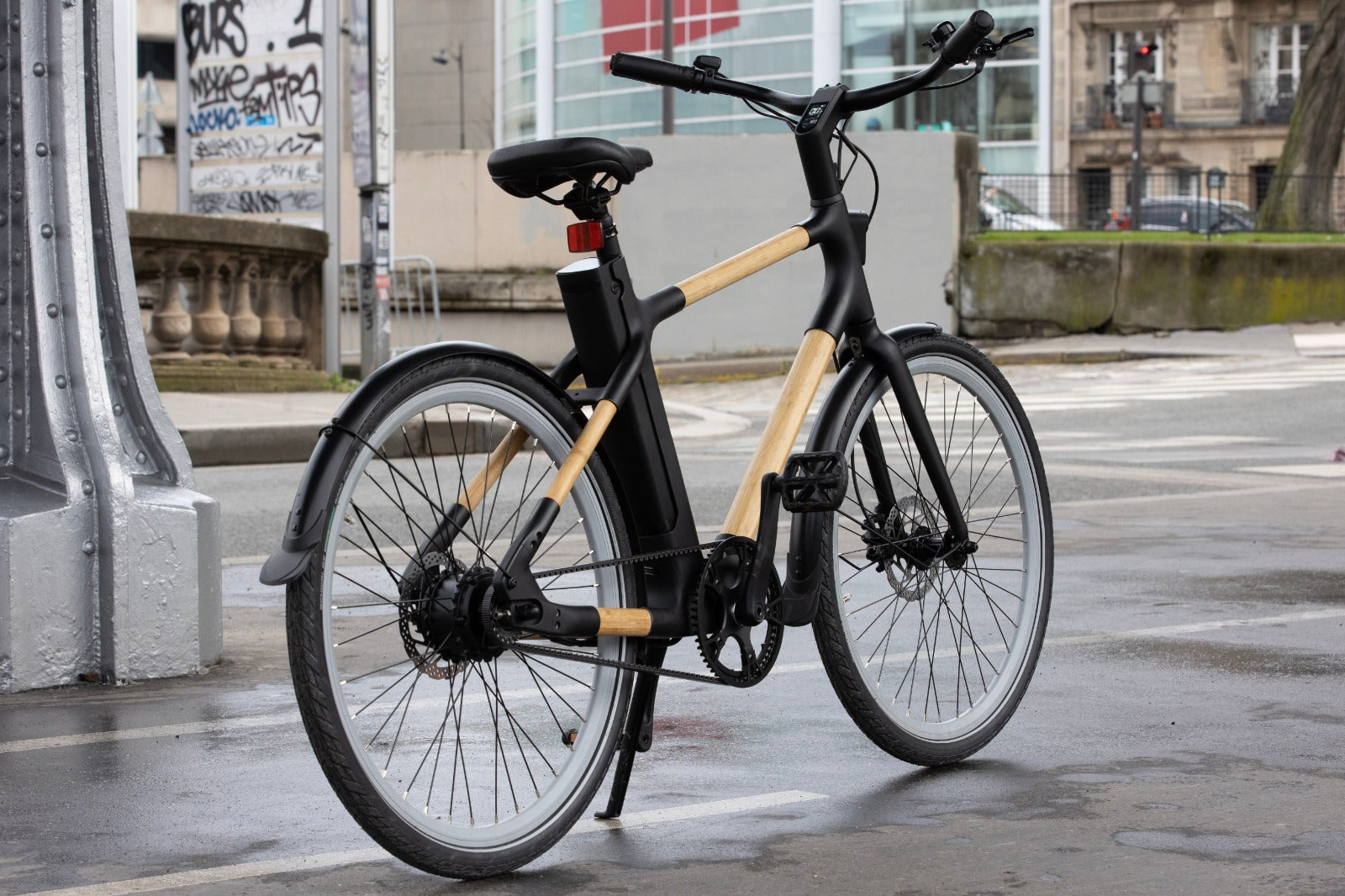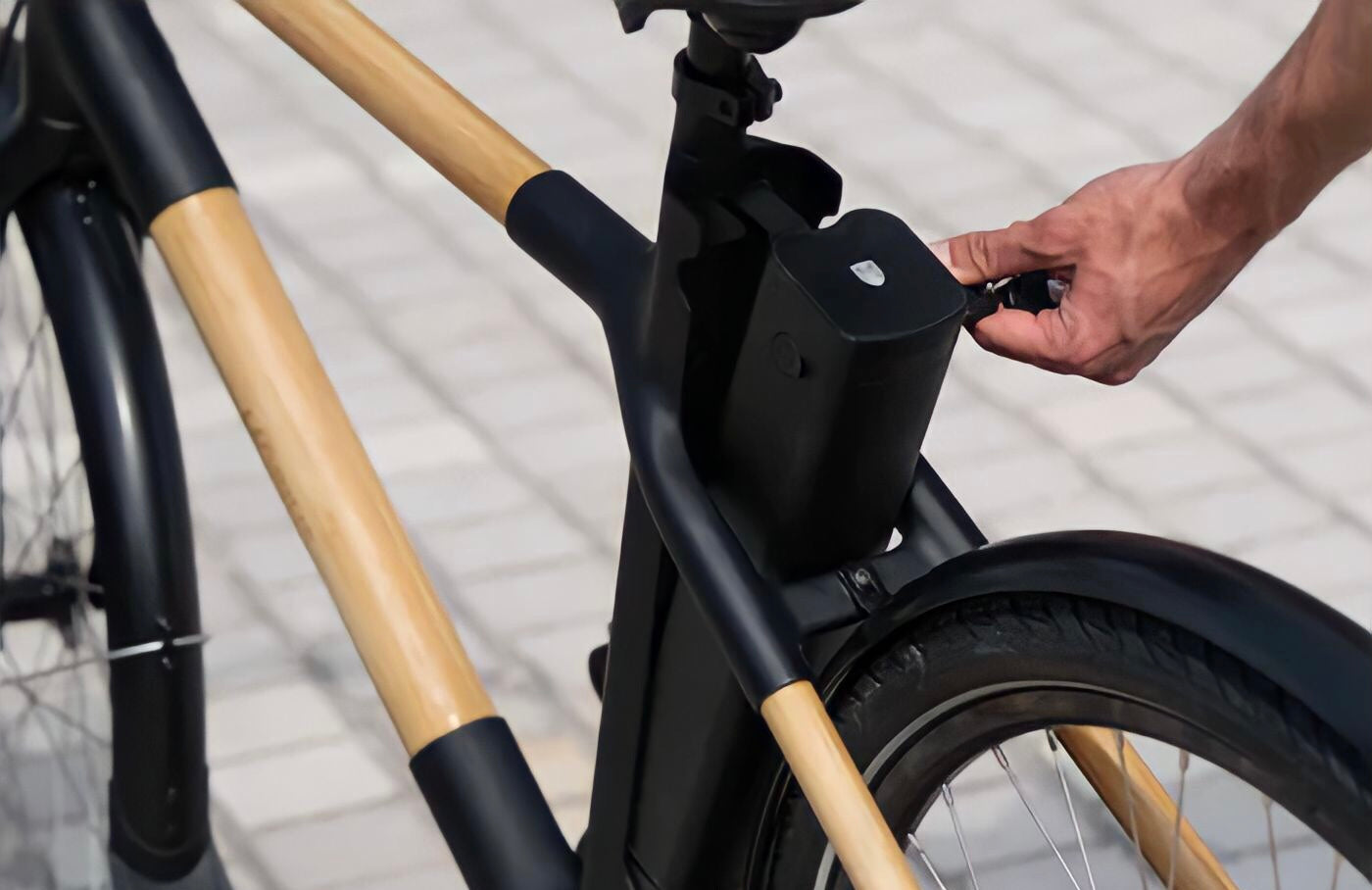The first plastic invented, 3 centuries ago, was a real innovation. This material made it possible to make everyday products cheaper to manufacture and therefore less costly for the consumer. A boon for all production sectors. We have since understood the harmful impact on the environment of plastic and its use; it is found in nature, its incineration releases toxic fumes….
We will see through this article how plastic, even recycled, is not so fantastic.
From oil … to plastic
The word “plastic” is a general term that groups together the different polymers. It is mostly derived from petroleum and natural gas. Two fossil materials that have been overexploited for decades, which become scarce and release greenhouse gases during their extraction.
Namely : 1.9 kg of crude oil is needed to produce 1 kg of plastic bottles.
The long-chain structures of these polymers give them various properties such as strength or hardness, which make plastic a ubiquitous material.
Plastic appeared through the various economic crises and wars, when the materials used at the time became too expensive and rare. This very light material also reduces the weight of the products. It is therefore a set of needs and technological and scientific progress that have enabled the development of plastic .
Worldwide, nearly 360 million tonnes of plastic waste are generated each year . France is also a major consumer of plastic with 4.8 million tonnes used per year, or 70 kg per inhabitant .
Today, more than a third of plastic is used for packaging , whether food or not. It is also found in large quantities in the construction sector, textiles and everyday products.

According to the Organization for Economic Cooperation and Development (OECD), we will use 3 times more plastic in 2060 than in 2019, or more than 1,200 million tonnes of plastic each year.
Swimming in troubled waters
However, plastic has significant drawbacks.
First, it degrades very slowly and remains in the environment for decades or even centuries. We use and throw away the equivalent of our weight in plastic every year, but 90% of this waste will survive us. 20 to 40% of plastic waste is collected in landfills, where it is mixed with other waste and temporarily contained in geotextiles (themselves made of plastic). When these break down, the buried plastic is released. Overall, more than three quarters of used plastic ends up in nature, fresh water and the oceans, i.e. around 10 million tonnes.
The amount of plastic in the ocean has tripled since the 1960s. There are 5 areas of waste accumulation in the ocean, the largest is equivalent to 6 times France.

We often imagine plastic waste in the form of bags or bottles in the ocean, but we must not neglect the important part of invisible plastics: microplastics . They are linked to the manufacture, wear or degradation of plastics in nature and are present everywhere in our environment.
When last counted last year, Japanese scientists from Kyushu University estimated the number of microplastics in the upper layers of the world's oceans at 24.4 billion.
On the menu ? Plastic!
Microplastics are easily ingested by fish and other animals, affecting the entire food chain , including our plates. Thus, the plastic waste present at the bottom of the water ends up on our plates... without us realizing it. By consuming fish and seafood, we swallow on average about 11,000 plastic microparticles per year according to a study carried out at the University of Ghent in Belgium.

We now know that plastic waste enters our body, but we still do not know how it evolves there. Scientists from the Netherlands and the United Kingdom have revealed that they have found plastic microparticles in living humans , in parts of the body where they have never been found before: in lungs and in blood.
Can our body absorb them, or do they cause inflammation or tissue reactions? And to what extent can they become toxic to our health afterwards?

Regarding the impact of plastic pollution on wildlife, results show disturbances in the growth and reproduction of fish during long-term exposure to plastic microparticles, which can ultimately lead to serious ecological problems. . More than 1.4 million birds and around 14,000 marine mammals are found dead every year, due to the ingestion of plastic.
A question arises in such a context: is recycling this material a real solution?
Plastic: an inevitable waste
It is estimated that approximately 9 billion tons of plastics have been produced since the first polyester factories in the 1950s. Currently, worldwide 79% of plastic waste generated each year is lost, incinerated or ends up in nature and less than 10% is recycled. In France, only 29% of plastic packaging was recycled in 2019. Most of this waste in nature will never decompose (some has been found all the way to the top of Mount Everest!).
Recycling plastic involves 4 distinct steps:
1. Sorting plastic packaging
We are all involved in recycling, so it is our responsibility to limit plastic waste and sort it.
2. The sorting center
Waste is collected and then sent to the sorting center to be grouped by material category (PET, PE, PS, etc.). The waste is then flattened and turned into huge cubes of material called plastic bales.
Did you know ? : In France, only 60% of PET plastic bottles reach the sorting centre.
3. Regeneration of plastic
The plastic balls are taken to regeneration factories. They are first cleaned, crushed and softened. The packaging thus becomes colored flakes and then granules after washing and heating.
4. Recycling plant
At the end of recycling, these granules are finally used to manufacture new plastic products: new bottles, polyester fibers (fabrics, carpets, fleeces) or even wadding to stuff duvets and pillows, for example.
But even recycled plastic is not eternal, it is destined to end up in landfill. Conventional recycling results in a material that is more friable and less durable than the original plastic. It is often difficult to recycle it more than 3 times. In addition, there are thousands of kinds of plastics, with different compositions, characteristics, chemical additives and dyes, which makes this material even more complex to recycle.

Considering the number of steps and resources required for plastic recycling, this measure is not sufficient. On the one hand, it gives a second life to the millions of tons of waste produced each year, on the other hand, we cannot consider it as a sustainable solution. This operation consumes a lot of water and energy; scarce resources.
Another solution that is emerging is the boom in biosourced plastics since the 2000s. These new materials, derived from plant or animal sources, consist of polymers of totally or partially renewable origin. However, a bio-based plastic will not necessarily be completely biodegradable. This other measure is therefore also not reliable in the long term.
Our position at Möbius Bike
At Möbius, we focus on the eco-design of our products, their longevity and their impact on the environment. We have selected biosourced and recycled materials for our first two bikes: for the frame, bamboo was quickly obvious because this material has many ecological advantages and is very resistant, it is associated with recycled aluminum and carbon fiber to ensure the bike has optimal durability . We have chosen to reduce the presence of plastic on our bikes as much as possible.
In our opinion, any new application of plastic, even reusable, should be banned because it will one day end up in the oceans or incinerated and then in the air and soil). The plastic and eco-responsibility association is nothing but pure and hard greenwashing . We are closely following the research done in the field, but we are not focusing on this material for the moment, the production, use and recycling of which has many limits.
Like the collective of OECD researchers, we believe that the solutions currently presented to limit the negative impact of plastic, such as recycling or bioplastics, are insufficient. It is essential to redirect our financial, technological and scientific efforts to imagine a world without.
The less plastic there is on the earth, the better off we will be!





Leave a comment
All comments are moderated before being published.
This site is protected by hCaptcha and the hCaptcha Privacy Policy and Terms of Service apply.